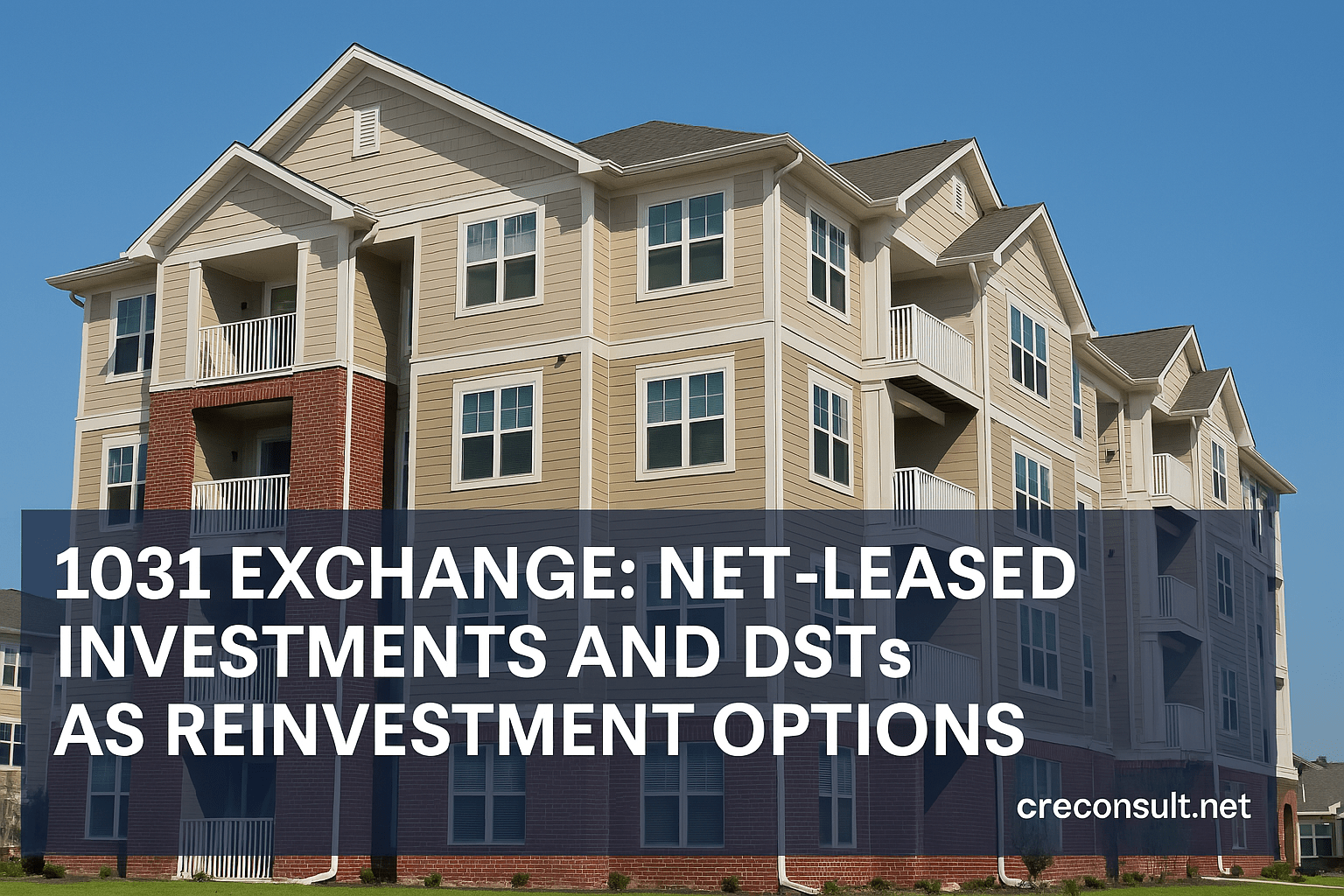Understand How Cap Rate Plays Into Your Investing Decisions
When analyzing investment opportunities, experienced real estate investors evaluate a multitude of different factors—the building’s income stream, tenant mix, occupancy, operating efficiency, and the strength of the surrounding market. However, one of the most fundamental concepts in real estate investing is the capitalization rate, better known as the “cap rate.”
The cap rate is often used to measure the perceived risk in an investment opportunity and is calculated by dividing the property’s annual net operating income (NOI), before debt and capital expenditures, by the purchase price of the asset. In other words, the cap rate measures a property’s yield on an annual basis, making it easier for investors to compare the risk and return profiles of different assets.
Many factors can affect the cap rate of a property, such as market demand or interest rates, but at the property level, one of the most critical factors of a property’s cap rate is its occupancy. A building’s occupancy directly affects the amount of NOI it can generate—a fully occupied property will generate a higher NOI and a higher cap rate at a given price than one that is only half occupied. However, since fully leased buildings are perceived to have relatively lower risk than one that is 50 percent vacant, investors will pay a higher price, which in turn lowers the cap rate, reflecting a lower risk-adjusted return.
Investors will often use capital markets benchmarks to analyze a property’s cap rate. For instance, as interest rates rise, investors will analyze the differential or spread between financing rates and cap rates. As this spread compresses, investors’ required returns may be harder to achieve, which can lead to a lower property value.
It is also important to note the difference between the “going-in” cap rate and the “residual” or “terminal” cap rate of a property. The going-in cap rate is the net operating income in the first year following the point of acquisition, divided by the purchase price. This will provide an investor the income yield of the property in year one.
However, most real estate investors hold on to their investments for a number of years, often determined by their specific investment strategies. In order to calculate the overall return on their investment, investors will have to make an assumption on the terminal cap rate they will achieve in the exit year, which will project the property’s future sale price. This assumption is based on a number of macroeconomic factors such as interest rate inflation, future market demand, and rental rate growth.
Property level factors such as changes in the income stream due to higher or lower levels of occupancy during the holding period and the quality of tenancy can also affect the terminal cap rate. A lower terminal rate than the going-in rate often correlates to a profitable investment.
Cap rates are an important valuation tool for investors when analyzing and comparing investment opportunities, but the cap rate should never be the sole factor used when making a decision on an investment. Cap rates in their simplest form determine the yield of a property in a single year but do not take into account the debt service or future capital expenditures that may be required during the holding period. Experienced investors also analyze additional factors such as the internal rate of return, cash-on-cash yield, and equity return multiple to determine the overall profitability of an investment.
Source: What Is a Cap Rate?
Receive Market Insights
Periodic analysis on rents, pricing, cap rates, and transaction activity across Chicago and key suburban markets.



